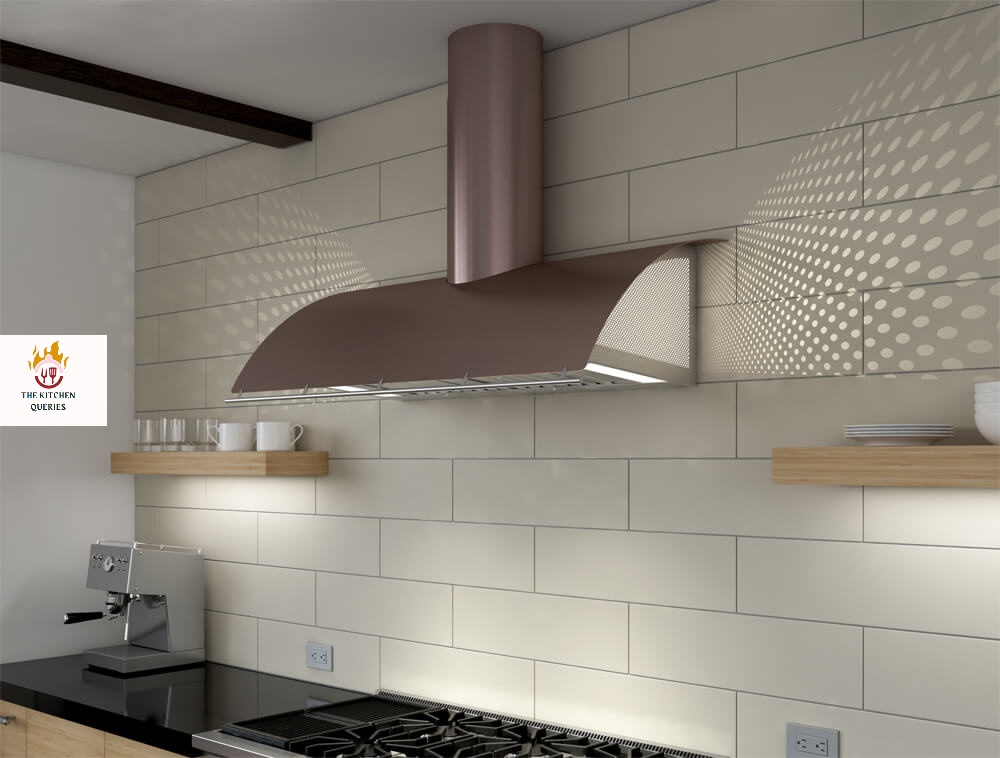The kitchen is an essential part of any home, and it is where many daily activities take place, such as cooking, baking, and washing dishes.
A kitchen ventilation system is designed to remove smoke, heat, steam, grease, and cooking odors from the kitchen area.
Kitchen ventilation systems are typically installed in commercial kitchens, restaurants, and other food service establishments, but they can also be found in residential kitchens.
The system comprises several components, including exhaust hoods, ductwork, fans, and filters.
What is a Ventilation System?
The exhaust hood is the most visible part of the kitchen ventilation system.
It is typically located above the cooking area and is designed to capture and contain smoke, heat, and cooking odors.
The hood is connected to ductwork, which carries the contaminated air outside the building.
The ductwork can be vertical or horizontal, depending on the layout of the building.
The fan is an essential component of the kitchen ventilation system.
It is responsible for pulling the contaminated air through the hood and ductwork and pushing it outside the building.
The fan can be located on the roof or an exterior wall, depending on the design of the building.
Filters are also an important part of the kitchen ventilation system.
They are designed to remove grease and other particulates from the contaminated air before releasing it into the atmosphere.
Filters need to be cleaned or replaced regularly to ensure they function correctly.
In addition to removing smoke, heat, and cooking odors, a well-designed kitchen ventilation system can also improve indoor air quality, reduce the risk of fire, and enhance the efficiency of kitchen equipment.
Properly designed and installed kitchen ventilation systems are essential for meeting safety and building codes in commercial and residential settings.
Why Should a Kitchen Be Well Ventilated?

A kitchen can also be a source of indoor air pollution, and this is why it is crucial to have proper ventilation.
In this article, we will discuss why a kitchen should be well-ventilated.
1. Removes Smoke and Fumes
Cooking produces smoke and fumes that can be hazardous to workers and customers.
Commercial kitchen ventilation systems remove smoke and fumes from the air and vent them outside, reducing the risk of respiratory problems and improving air quality.
2. Controls Heat
Cooking appliances generate a lot of heat, making the kitchen uncomfortable and affecting workers’ performance.
A well-designed commercial kitchen ventilation system removes excess heat, creating a more comfortable working environment and reducing the risk of heat-related illnesses.
3. Reduces Fire Risk
Commercial kitchens are high-risk areas for fires.
Grease buildup, electrical equipment, and combustible materials all contribute to the risk of a fire starting.
A properly designed commercial kitchen ventilation system reduces the fire risk by removing excess heat and grease-laden air from the kitchen.
4. Improves Indoor Air Quality
Poor indoor air quality can affect the health and well-being of workers and customers.
Commercial kitchen ventilation systems improve indoor air quality by removing pollutants and odors, reducing the risk of respiratory problems, and creating a more pleasant environment.
5. Meets Safety Regulations
Commercial kitchens are subject to strict safety regulations that govern the design and operation of ventilation systems.
A properly designed and installed commercial kitchen ventilation system meets all safety regulations, ensuring the safety of workers and customers.
6. Enhances Efficiency
A well-designed commercial kitchen ventilation system enhances the kitchen’s efficiency by removing excess heat and moisture.
This makes it easier for workers to operate equipment and reduces the risk of equipment breakdowns.
7. Saves Energy
Commercial kitchen ventilation systems can be energy-intensive, especially poorly designed or maintained.
A well-designed system can save energy by optimizing airflow and reducing the workload on HVAC systems.
8. Reduces Maintenance Costs
Commercial kitchen ventilation systems require regular maintenance to ensure they are working correctly.
A well-designed system reduces maintenance costs by minimizing wear and tear on equipment and ensuring that the system works at peak efficiency.
9. Protects Building Structures
Excess heat and moisture can damage building structures, leading to costly repairs.
A properly designed commercial kitchen ventilation system protects building structures by removing excess heat and moisture, reducing the risk of mold, mildew, and structural damage.
Wrapping Up:
In conclusion, a well-ventilated kitchen is essential for maintaining a healthy and safe living environment.
Proper ventilation helps improve air quality, reduce fire risk, eliminate unpleasant odors, prevent moisture buildup, and increase energy efficiency.
Homeowners can ensure proper ventilation by installing exhaust fans, opening windows and doors, and maintaining their HVAC systems.
By prioritizing kitchen ventilation, homeowners can enjoy a healthier and safer home.

I am a happy person. An adventurer. Currently wokring on different projects regarding SEO

